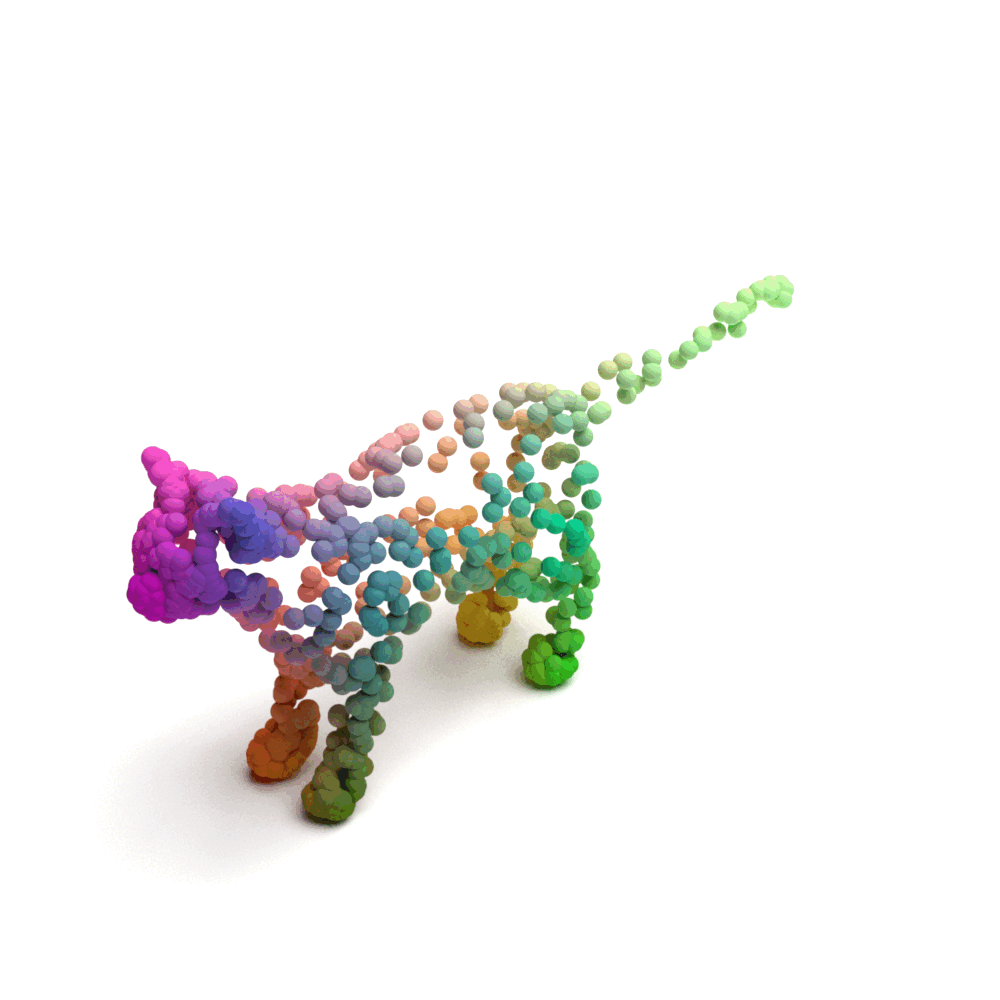SE-ORNet: Self-Ensembling Orientation-aware Network for Unsupervised Point Cloud Shape Correspondence
Unsupervised point cloud shape correspondence aims to obtain dense point-to-point correspondences between point clouds without manually annotated pairs. However, humans and some animals have bilateral symmetry and various orientations, which lead to severe mispredictions of symmetrical parts. Besides, point cloud noise disrupts consistent representations for point cloud and thus degrades the shape correspondence accuracy. To address the above issues, we propose a Self-Ensembling ORientation-aware Network termed SE-ORNet. The key of our approach is to exploit an orientation estimation module with a domain adaptive discriminator to align the orientations of point cloud pairs, which significantly alleviates the mispredictions of symmetrical parts. Additionally, we design a selfensembling framework for unsupervised point cloud shape correspondence. In this framework, the disturbances of point cloud noise are overcome by perturbing the inputs of the student and teacher networks with different data augmentations and constraining the consistency of predictions. Extensive experiments on both human and animal datasets show that our SE-ORNet can surpass state-of-the-art unsupervised point cloud shape correspondence methods.
PDF Abstract CVPR 2023 PDF CVPR 2023 AbstractCode
Results from the Paper
 Ranked #2 on
3D Dense Shape Correspondence
on SHREC'19
(using extra training data)
Ranked #2 on
3D Dense Shape Correspondence
on SHREC'19
(using extra training data)




 SHREC'19
SHREC'19
 TOSCA
TOSCA